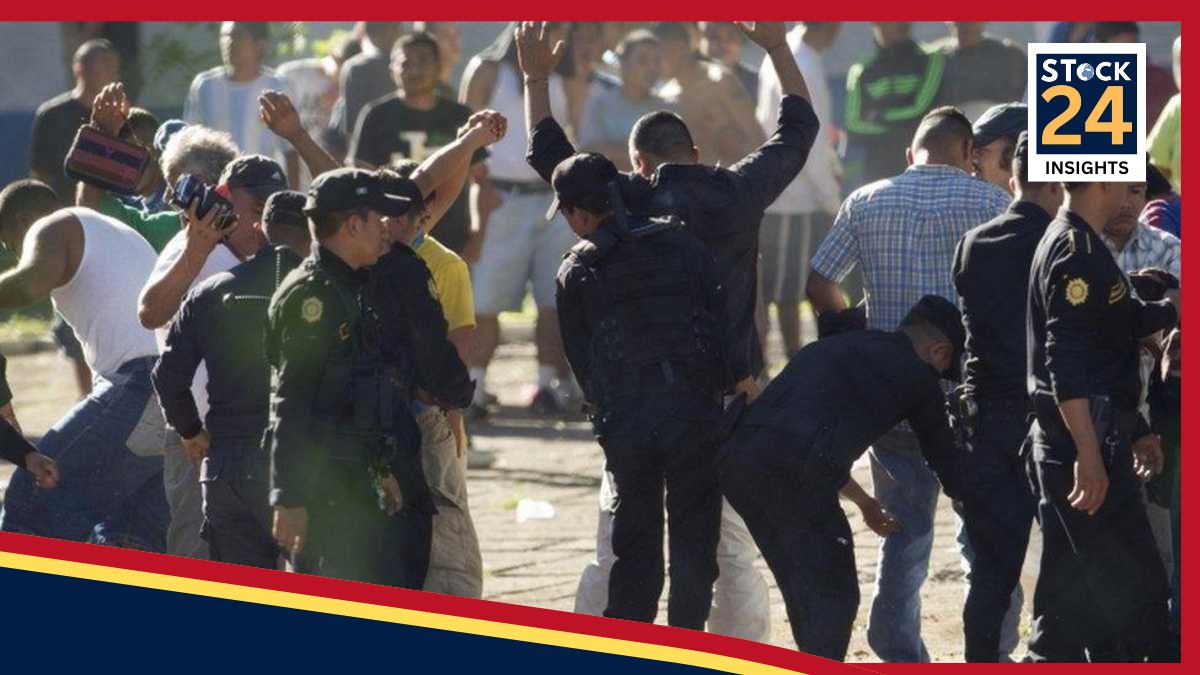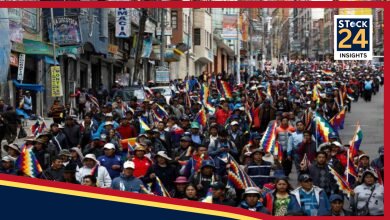Guatemala Prison Hostage Crisis Ends: 9 Guards Freed After Deadly Gang Riots
The three-day standoff, sparked by the transfer of 10 powerful gang leaders, left one official dead and highlighted the deep-rooted power of the MS-13 and Barrio 18 gangs within the nation's prison system.

GUATEMALA CITY – A tense, three-day hostage crisis inside a Guatemalan prison concluded on Saturday with the release of nine guards who had been held captive by rioting inmates, officials confirmed. The standoff is the latest violent chapter in the ongoing struggle between Guatemalan authorities and the nation’s two most powerful street gangs.
José Portillo, the Deputy Minister of Security, confirmed to The Associated Press that the nine guards, held by members of the Mara Salvatrucha (MS-13) gang since Thursday, were freed.
The release marks a significant de-escalation in a wave of prison riots that began on Tuesday. The unrest was deliberately orchestrated by members of both MS-13 and their archrivals, Barrio 18, in a coordinated effort to force the government’s hand. Their sole demand was the return of 10 high-ranking gang leaders who had recently been transferred to a different facility and placed in solitary confinement.
The riots turned deadly on Friday when a prison official was shot and killed, according to authorities, who have not yet provided further details about the circumstances of the shooting.
A Coordinated Challenge to State Authority
The events on Saturday followed a similar hostage situation earlier in the week. On Wednesday, anti-kidnapping teams successfully freed 11 other guards who were being held by gang members in two separate prisons.
Interior Minister Francisco Jiménez provided crucial context, telling The Associated Press that the gangs were demanding their leaders be moved from the high-security Renovación I prison back to facilities where they were previously able to lead their criminal enterprises from behind bars. The transfers were a government attempt to dismantle the command structures the gangs used to “exercise criminal power” from within the prison system.
The Larger Context: A Nation Plagued by Gang Violence
The prison riots are a symptom of a much larger national security crisis in Guatemala, which has long been plagued by the violent rivalry between Barrio 18 and MS-13. Authorities state that both transnational gangs are locked in a perpetual war to control territory, primarily for extorting money from businesses and local residents.
The violence frequently spills out from prisons and into public spaces with brutal consequences. Just last month, the nation was shocked when armed MS-13 members stormed the funeral of a slain Barrio 18 rival, killing at least seven people in a brazen attack.
The influence of these gangs extends far beyond Guatemala’s borders. Earlier this year, U.S. President Donald Trump officially designated MS-13 as a terrorist organization, adding it to a list of criminal groups deemed a threat to public safety across the Western Hemisphere.
The release of the nine guards brings an end to the immediate crisis, but the underlying power struggle between the Guatemalan state and the entrenched gang networks that operate with impunity both inside and outside prison walls continues.

